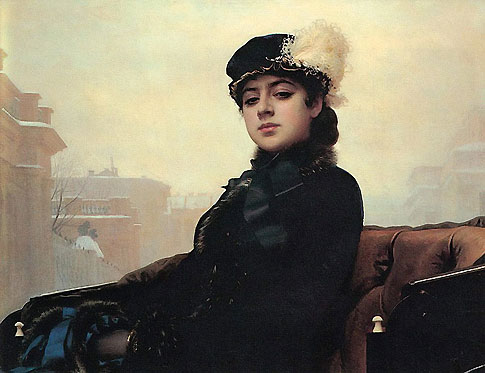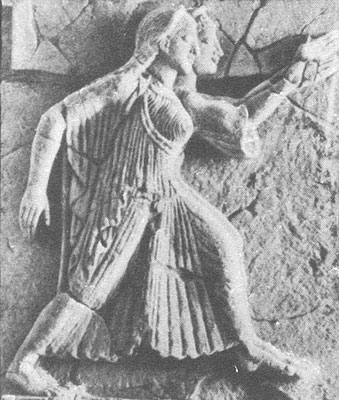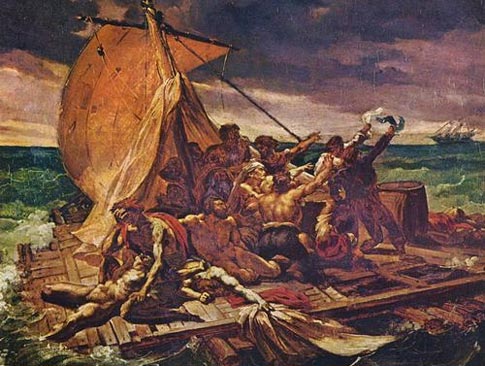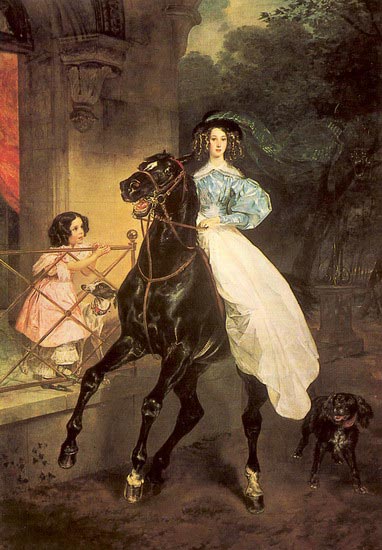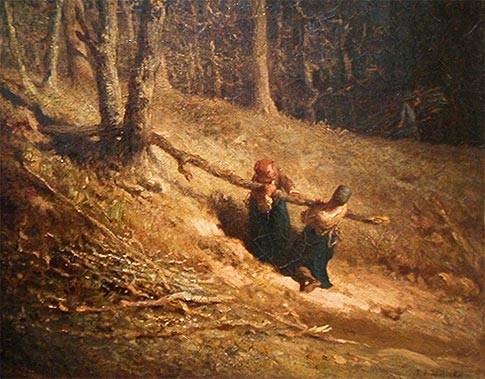Kanoplasta from Tanagra
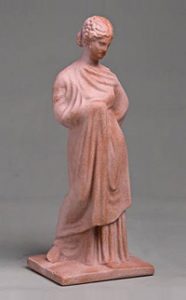 The Greek words “tanagra”, “tanagryanka” about a hundred years ago entered the Russian language. They are now used to denote everything fragile, feminine and plastic. The artist V. Serov invented the term “tanagretika” on their basis, meaning beneath it artless, elegant, opposite to the cold and rational in art.
The Greek words “tanagra”, “tanagryanka” about a hundred years ago entered the Russian language. They are now used to denote everything fragile, feminine and plastic. The artist V. Serov invented the term “tanagretika” on their basis, meaning beneath it artless, elegant, opposite to the cold and rational in art.
The ancient city of Tanagra in Boeotia, in the northeast of the Balkan Peninsula, has gained wide popularity in recent times thanks to an archaeological sensation – finds of Tanagrian figurines.
In 1870, after learning about the ancient figures that came across during the plowing of the peasants of the Boeotian villages near Tanagra, the treasure hunter Georgis Anifantis arrives here from Corfu Island. Prior to this, local residents usually found rudely made clay figurines of the archaic era. Anifantis immediately managed to open part of the necropolis of the ancient city of time of Alexander the Great. The clay figurines found by him in the graves were distinguished by grace and delicate coloring. An example of “old George”, who was enriched by the sale of the finds to the buyers of antiquities, forced the peasants to abandon their agricultural work and set about searching for ancient graves. All the fields in the vicinity were soon dug, and the rumor about the graceful Tanagr statuettes quickly spread among lovers of antiquities in Europe and America. The Athens Archaeological Society tried to ban the illegal excavations of the Tanagra necropolis, but this turned out to be in vain. The society in 1873 sent there the archeologist Stamatakis under the protection of a company of soldiers. He managed to collect for the Athens Museum beautiful specimens of tanagryanok, but at the same time it was necessary to state that the necropolis of the ancient city had been exhausted and completely died for science.
Tanagryanki continued to cause universal admiration. At the world exhibition in 1876, the Boeoian clay figurines exhibited in the Parisian season. Their prices reached fabulous sums, deft antiquities falsifiers appeared who established the fake industry. The largest museums of the world were in a hurry to purchase collections of figurines. Their rivalry in those years led to the creation of illustrious assemblies in London, Paris, and Athens.
It so happened that the Hermitage also became the owner of a unique collection of figurines from Tanagra. In 1870–1879, the Russian ambassador to Greece was Count P. A. Saburov, a passionate and tireless collector of antiquities. During the “Tanagr boom,” he compiled the most valuable collection of tanagryanok. The most prominent archaeologist of the epoch A. Furtwengler in 1880 began the publication of the “Assembly of Saburov” catalog, which contributed to the European fame of the collection.
In the spring of 1884, Saburov, who by that time had performed the duties of the Russian ambassador in Berlin, wrote a letter to another prominent Russian collector, Secretary of State A. A. Polovtsov: “My dear friend … since I managed to get rid of part of the collection (marbles and vases) , I am left with the most valuable part (of terracotta), which I negotiate with museums in London and Berlin with the condition to give preference to the Hermitage. No museum has such a collection. I am ready to give it up for 100,000 rubles … and everyone who knows the present real value of these Tanagr terracotta will find the conditions most moderate. ”
In St. Petersburg, interested in the proposal. Different motives led the parties to the transaction. The court’s minister, Count I. I. Vorontsov-Dashkov, was concerned about external prestige and the possibility of infringing German interests. He wrote to the Director of the Hermitage, Count A. A. Vasilchikov: “All the major museums of Europe are now focused on this collection. In the Berlin Museum, we have a terrible rival. Our young Kizeritsky, who saw the collection both in Athens and in Berlin, says that every thing in it is worth its weight in gold … God forbid us, so that this acquisition would not add to the brilliance of such rich Berlin museums … ” Turning to Vasilchikov, for his part, struggles with “praising the goods”: “In London I was offered 15,000 francs for a sitting woman with Cupid in her arms, the most beautiful statuette that came out of the graves of Tanagry … apparently, in the coming winter they will the stars of the Petersburg season! ”In another letter to the director of the Hermitage Sabur to predict: “Your Kerch room connected to my Tanagra, surpass in this respect, all the museums of the world!”
The transaction took place, and the collection of Saburov moved to St. Petersburg. In the spring of 1884, Polovtsov is pleased to write in his diary: “I am going to watch clay figurines (Tanagra) exhibited in the Hermitage of the Saburov collection. I am very glad that I was able to help ensure that these things do not escape Russia, such a misfortune with artistic works. ” Tanagryanka Saburova, as he predicted, become the favorites of the Russian public. Here is V. Serov’s impression: “On my last trip to St. Petersburg, I was at the Hermitage … I haven’t received such a beautiful, lively mood for a long time.
